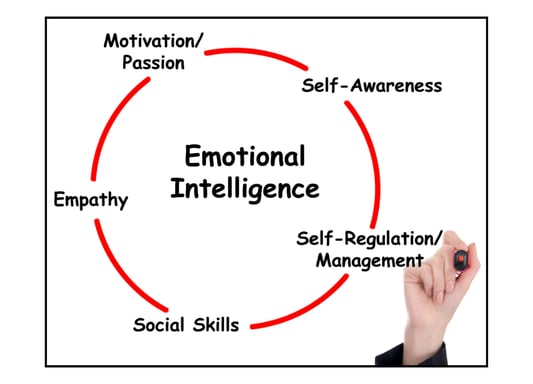Fostering Future Leaders: Social Emotional Learning (SEL)
Why is Social Emotional Learning Crucial in the 21st Century Classroom?
In the rapidly evolving landscape of the 21st century, Social Emotional Learning (SEL) has become a cornerstone of modern education. As students face increasing social, emotional, and academic challenges, the integration of SEL into English as a Foreign Language (EFL) instruction is essential for fostering holistic development. SEL equips students with the skills necessary to manage emotions, set and achieve positive goals, establish and maintain positive relationships, and make responsible decisions (CASEL, 2020). By embedding SEL into EFL lessons, teachers can create a supportive and engaging environment that enhances both language proficiency and emotional intelligence.
The Importance of Social Emotional Learning
SEL is crucial for developing well-rounded individuals who can thrive in diverse and complex societies. Research indicates that SEL not only improves academic performance but also promotes better mental health and social behavior (Mahoney et al., 2018). In the EFL classroom, incorporating SEL helps students navigate language learning challenges, build resilience, and develop empathy, which are vital skills in an interconnected world.
Incorporating SEL into EFL Lesson Plans
Listening Activities: Building Empathy and Understanding
Listening activities can be tailored to enhance students' empathetic abilities and cultural awareness. One effective method is through storytelling. Teachers can use audio recordings of diverse personal narratives, followed by discussions where students reflect on the emotions and perspectives of the characters.
Example:
Play an audio story about a person overcoming a significant challenge.
After listening, have students discuss in pairs or groups what emotions the character might have felt and how they responded to the situation.
Encourage students to share similar experiences from their own lives, fostering a deeper understanding and connection.
Speaking Activities: Promoting Positive Communication
Speaking exercises can be designed to improve students' emotional expression and active listening skills. Role-playing scenarios that involve conflict resolution or expressing gratitude can be particularly effective.
Example:
Organize role-plays where students practice resolving a disagreement between friends.
Guide students to use "I" statements to express their feelings and listen actively to their partner's perspective.
Discuss the importance of positive communication and respect in real-life interactions.
Reading Activities: Enhancing Emotional Intelligence
Reading comprehension tasks can be aligned with SEL by selecting texts that explore themes of empathy, resilience, and diversity. Students can analyze characters' emotional journeys and the social dynamics within the stories.
Example:
Choose a short story or article about a character who faces and overcomes adversity.
Have students identify and discuss the character's emotions at different points in the story.
Ask students to relate the character's experiences to their own lives and reflect on how they would handle similar situations.






Writing Activities: Reflecting on Personal Growth
Writing assignments can encourage self-reflection and personal growth. Journaling prompts that ask students to write about their emotions, goals, and experiences can help them develop self-awareness and emotional regulation.
Example:
Provide journal prompts such as "Write about a time when you felt proud of yourself" or "Describe a situation where you had to overcome a fear."
Allow students to share their entries with a partner or in small groups, fostering a supportive classroom community.
Use these reflections to discuss the importance of self-awareness and setting personal goals.


Project-Based Learning: Collaborative Skills and Social Awareness
Project-based learning (PBL) offers opportunities for students to work collaboratively, enhancing their social skills and cultural competence. Group projects that address real-world issues can motivate students to apply both their language and SEL skills.
Example:
Assign a group project where students create a presentation on a social issue, such as environmental conservation or cultural diversity.
Encourage students to research, discuss, and present their findings collaboratively, emphasizing teamwork and respectful communication.
Reflect on the group's dynamics and the importance of each member's contribution to the project's success.




Integrating Social Emotional Learning into EFL instruction is not only beneficial for language acquisition but also essential for developing emotionally intelligent and socially responsible individuals. By incorporating SEL-focused activities into listening, speaking, reading, writing, and project-based learning, we can create a comprehensive educational experience that prepares students for the complexities of the 21st century.
References
CASEL. (2020). What is SEL? Collaborative for Academic, Social, and Emotional Learning. Retrieved from https://casel.org/what-is-sel/
Mahoney, J. L., Durlak, J. A., & Weissberg, R. P. (2018). An update on social and emotional learning outcome research. Phi Delta Kappan, 100(4), 18-23.
Additional Sources on SEL
Schonert-Reichl, K. A. (2017). Social and emotional learning and teachers. The Future of Children, 27(1), 137-155.
Weissberg, R. P., & Cascarino, J. (2013). Academic learning + social-emotional learning = national priority. Phi Delta Kappan, 95(2), 8-13.


